What The Tech?! Gas Turbines
It’s fair to say that the concept of technology can be pretty relative when we consider its context. A Morse code-driven telegram is decidedly boring in a world with the internet and mobile phones, but back in the 1800’s it would be a revolutionary piece of technology that would help drive the pursuit of information and lay the foundations for our modern internet.
To help underpin much of this modern technology, we’d need many things, including the ability to generate power reliably. In the early days, this would be the steam turbine's job, something that we’ve looked at in earlier What The Tech articles. As technology evolved though, we’d see this role taken over by the concept of the turbine engine. Providing propulsion and power generation to ships, trains and even tanks, it has played a massive part in bringing together our modern world. Let’s check it out!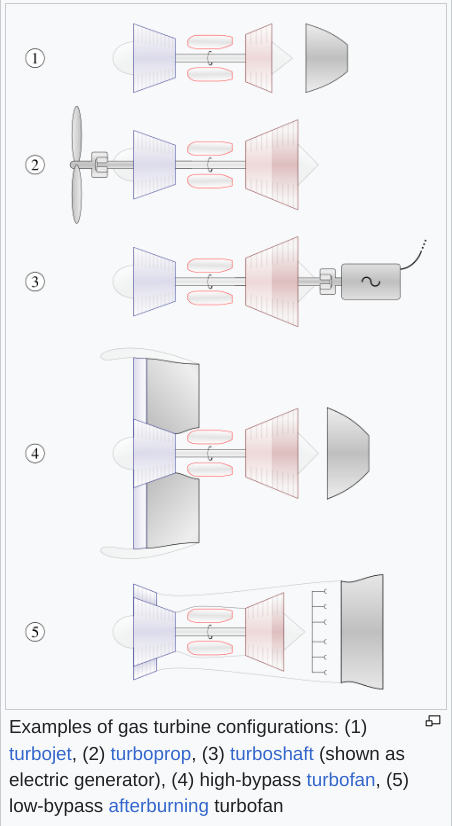 Like people, turbines come in different shapes and sizes. Source: Wikipedia
Like people, turbines come in different shapes and sizes. Source: Wikipedia
The Beginnings
Given the Gas turbine is a more refined version of a steam-based system, development and research would come early as conceptual development could be based on steam-driven concepts. While we wouldn’t see exotic alloys or fuels in these systems, we would see some fundamental concepts explored and verified.
The first concept would come in the year 1000, with the Chinese Trotting Horse lamp. Lighting a flame would heat air to drive an impeller, moving horse riding figures and projecting the image onto the lantern. Further development would be tackled by Leonardo Da Vinci almost 500 years later in the 1500s with his smoke jack system for roasting meat.
Despite these early advances, it would take nearly another 300 years before research would evolve to incorporate some modern concepts and it would take something we relate to in the modern world to bring this all together. What is that, you might ask? Human Transportation.
Refinement
For personal transport, the horse and carriage had worked all right up until this point however it came with some unique issues regarding global development. While the concept of animal waste is well understood as a limitation the simple fact is that horses are terrible sailors, so to improve propulsion at sea, we’d need a proper design that would enable humanity to bypass all these limitations. And while the initial steps would come from steam turbines, it would be gas turbines that would really help maritime propulsion hit its stride.
If you have an observant eye, you might have noticed in one of the earlier images that the naval gas turbine would share some commonalities with aviation-based systems. That’s a good spot because naval turbine development would ride on the back of aviation technology. So much so, that the first system deployed on a naval vessel would be based on early jet engine technology.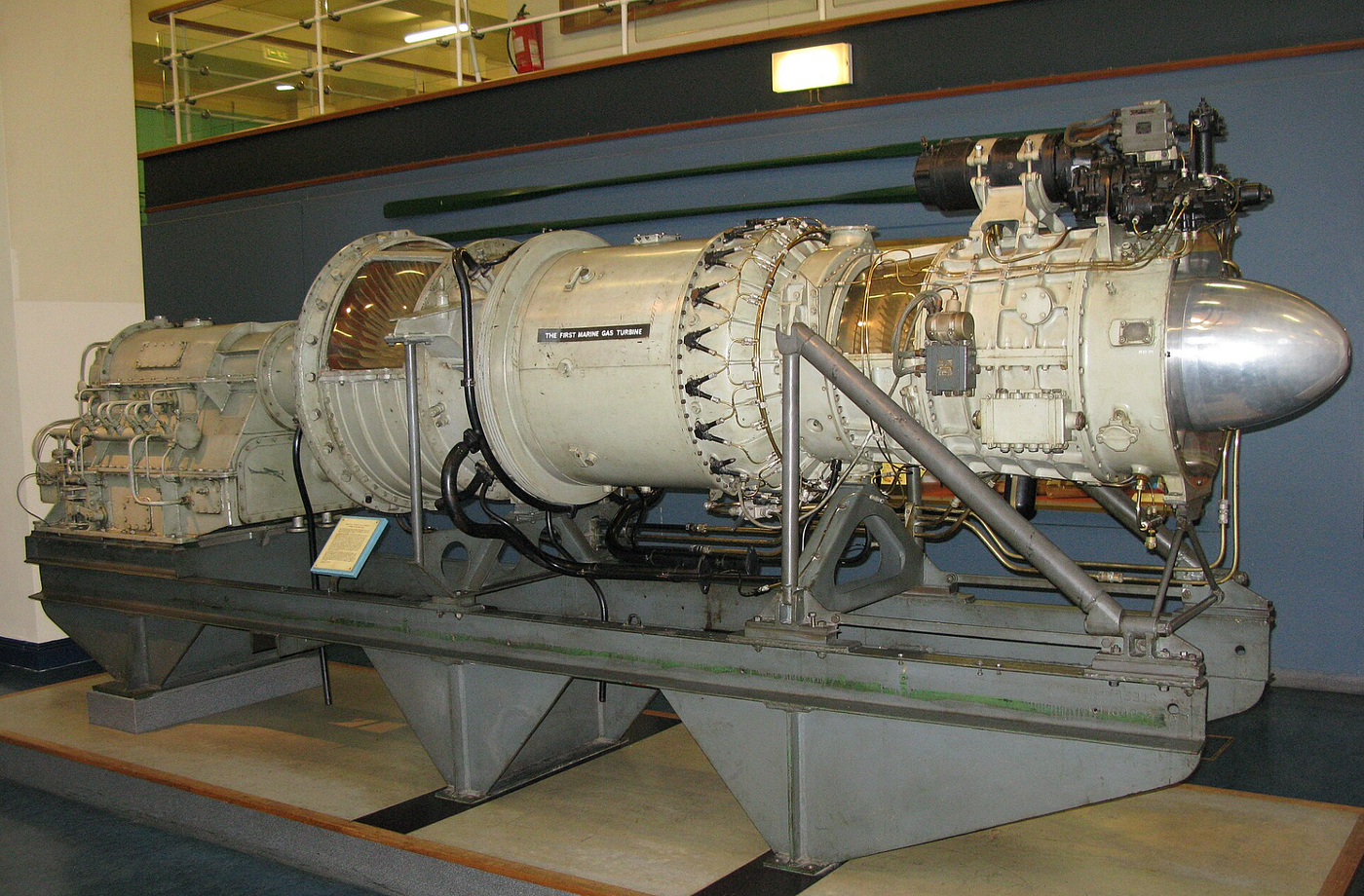 The Gas Turbine would appear in many environments once fully developed. Source: Wikipedia.
The Gas Turbine would appear in many environments once fully developed. Source: Wikipedia.
It would be the Royal Navy’s MGB-2009 Gunboat system that would take the first modern turbine technology to sea, shortly after the end of WW2. With that, the stage was set for the technology to rapidly proliferate into modern industry.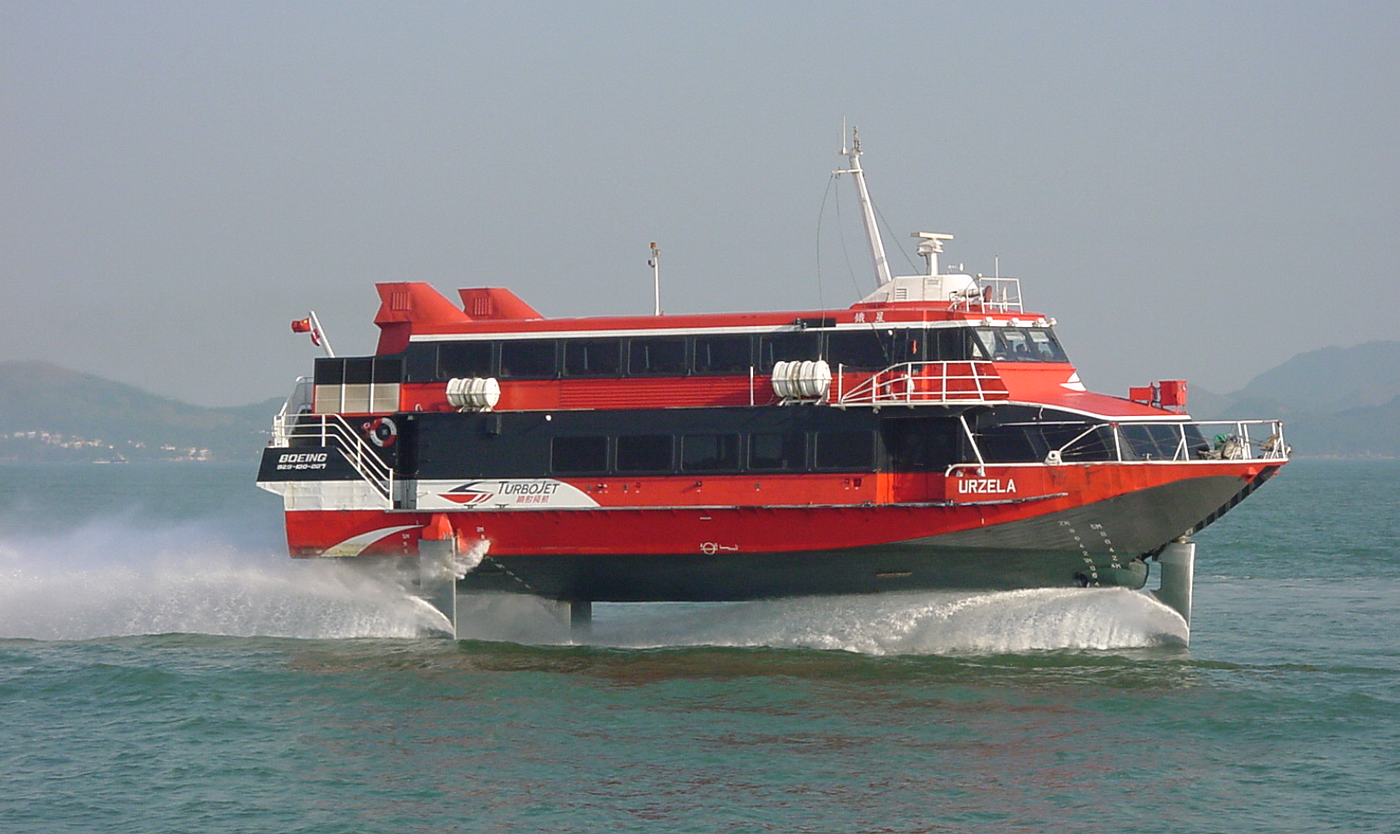 Turbine technology would also be a huge hit in the civilian sector. Here’s Boeing’s Jetfoil 929–100–007 design. Source: Wikipedia
Turbine technology would also be a huge hit in the civilian sector. Here’s Boeing’s Jetfoil 929–100–007 design. Source: Wikipedia
Modern Development
As the technology matured during the 1960s and 1970s the gas turbine was observed to have a few characteristics that enabled it to be highly relevant to our modern world. Firstly, compared to a reciprocating engine, turbines had far fewer moving parts meaning that the system would (with a few exceptions) be pretty reliable in a harsh commercial environment. It would also generate far more power than its equivalent. One of the biggest benefits though, would be its adaptability to different fuel sources, and it was this feature that modern militaries would leverage to streamline their logistical arm.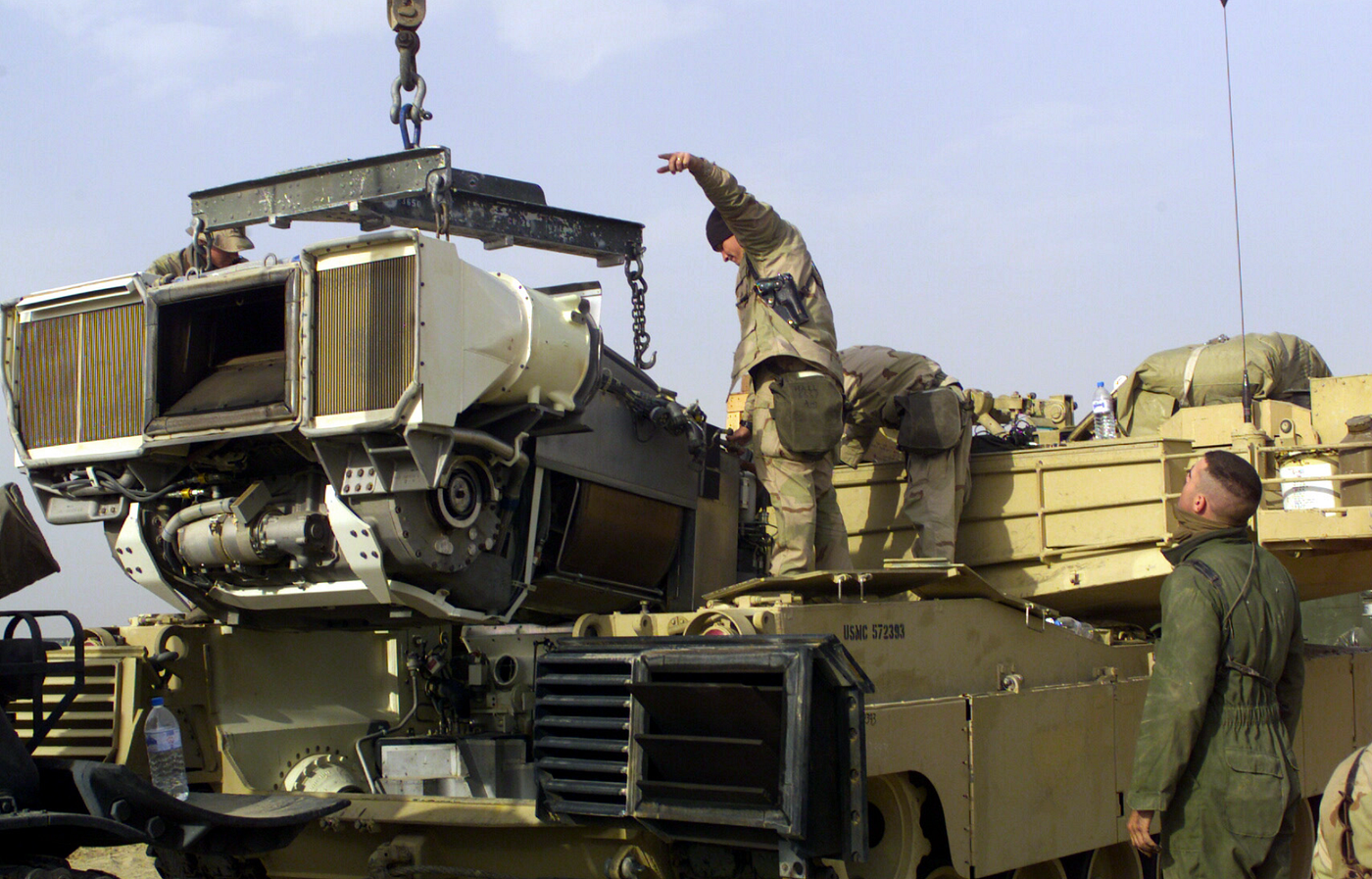 The US-designed M-1 ABRAMS main battle tank uses a gas turbine system for propulsion. Source: Wikipedia
The US-designed M-1 ABRAMS main battle tank uses a gas turbine system for propulsion. Source: Wikipedia
Because of this, turbine technology wouldn’t just end up going to sea, it would end up being deployed in a large number of land-based systems as well. Probably one of the most recognisable of these would be the US-designed M-1A1 main battle tank.
The M-1 would use a Lycoming (now Honeywell) AGT1500 gas turbine design from the beginning, providing over 1500hp to the system. Although the design wasn’t without criticism, its performance in the Gulf War would show that leveraging modern technology would typically come with some substantial benefits.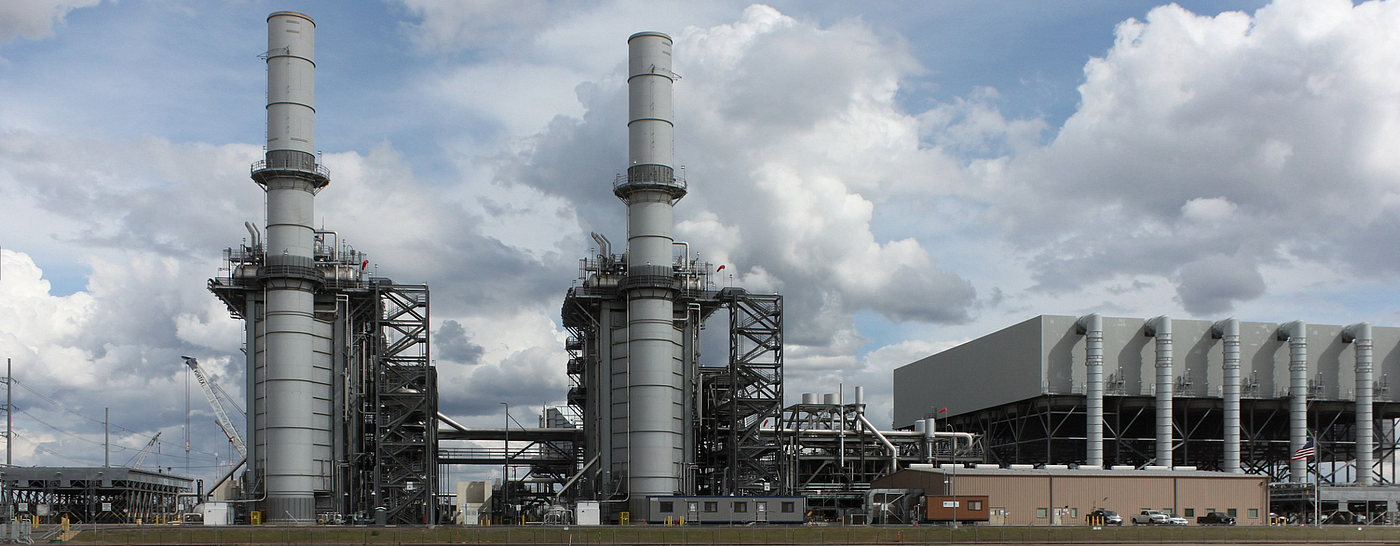 High-powered turbine systems would also appear in the power generation sector. This is California’s gateway generating station. Source: Wikipedia.
High-powered turbine systems would also appear in the power generation sector. This is California’s gateway generating station. Source: Wikipedia.
Power Generation
While the military would leverage turbine technology for all manner of designs, the civilian sector wasn’t going to be left behind either. Turbines offered them a way to reliably produce high-power levels. Not encumbered by the weight restrictions of mobile or aviation-based systems meant that they could use stronger (read, heavier) components that would give increased reliability over a longer duration.
As such, they would feature in various sizes and would even go on to be used in modular container-based designs. This meant that remote projects could simply deploy a shipping container into the area and once set up have reliable power delivered with minimal fuss.
It was these shore-based systems that would help increase the overall efficiency of the modern design. With a turbine system having an efficiency rate of around 30%, these efficiency improvements would typically be found by leveraging the high waste heat levels that the system would generate. This meant that dual or combined cycle processes could develop and these processes would lead to massive efficiency dividends.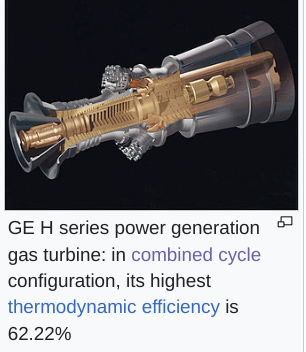 Combined-cycle designs would provide the best gains. Source: Wikipedia.
Combined-cycle designs would provide the best gains. Source: Wikipedia.
The General Electric 9HA would have an efficiency rate of over 62%, providing more than double the efficiency of earlier designs.
Into The Future
If you’ve read all this and figured the gas turbine was at its peak you might be close. But like all modern tech, high-end manufacturing processes should allow us to refine this process even further. So in the future, we should see even more features added to our existing designs.
While efficiency levels are a natural place to start this process, there are also other considerations helping to drive a lot of this change. Alternative fuels and considerations around size and development are also considerations meaning that ideally, the technology will become cheaper and easier to manufacture. This should open up new potential regarding improvements to future designs.
The humble turbine engine has contributed a lot to human development. But there’s plenty left for it to give.
What The Tech is our recurring, twice-monthly piece that looks at the technology that was essential in shaping our modern world
If you found this article insightful, informative, or entertaining, we kindly encourage you to show your support. Clapping for this article not only lets the author know that their work is appreciated but also helps boost its visibility to others who might benefit from it.
🌟 Enjoyed this article? Join the community! 🌟
📢 Join our OSINT Telegram channel for exclusive updates or
📢 Follow our crypto Telegram for the latest giveaways
🐦 Follow us on Twitter and
🟦 We’re now on Bluesky!
🔗 Articles we think you’ll like:
- What The Tech?! Rocket Engines
- OSINT Investigators Guide to Self Care & Resilience
✉️ Want more content like this? Sign up for email updates






















